Cummins Inc. continues to optimise its engines. Ashish Bhatia looks at the products worked upon to attain net-zero emissions in a serious push.

Jennifer Rumsey, President and newly appointed Chief Executive Officer of the global power leader Cummins Inc.
Cummins Inc. has been at the forefront of all clean developments in Internal Combustion Engines (ICE) and non-ICE range. Taking the mega exercise beyond Euro6 and Bharat Stage VI emission compliance norms, for instance, the engine manufacturer is invested for the long haul. The mission is to attain net-zero emissions by 2050 through an even cleaner portfolio than what it held on to in the past. According to Jennifer Rumsey, President and newly appointed Chief Executive Officer of the global power leader Cummins Inc., any negative climatic impact can’t be undone and hence must be rectified proactively. “We have to act now. Carbon once emitted into the atmosphere can’t be taken back and we can make the greatest impact by focusing on a dual path approach. Our estimated impact of doing just that is an additional 1.4 gigatonnes of cumulative carbon reduction – the equivalent of removing all trucks from the road for three years,” averred Rumsey. It doesn’t come as a surprise then that through its Destination Zero™ strategy, Cummins is committed to continuing advancements in the ICE technology while building a non-ICE product range.
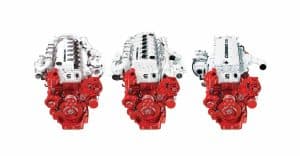 On the one hand, the efforts are directed to making ICE cleaner while on the other hand, the company wants to stay true to its DNA. It wants to live up to its reputation of offering further advancements with the new generation of products. The focus is on enhancing efficiency as well as compatibility with cleaner fuels like hydrogen, bio-diesel and Hydrotreated Vegetable Oil (HVO). Beyond this, resources will be allocated for continued innovation on fronts like hydrogen fuel cell and battery technology expected to drive advancements in capability, lower costs and boost the development of the required, supporting infrastructure. The idea is to lower emissions in the present day by finding a suitable match in technology readiness with infrastructure readiness. It is expected to lay the foundation for a mass-scale adoption at an opportune time when there is a market pull for the company’s walk down the technological agnostic path. “We power some of the world’s most demanding and economically vital applications. There is no single technology that will work for all of our customers. We must advance solutions in a way that secures a sustainable future for the industries that keep the world running. That’s why we have developed a company with the broadest range of ultra-low and zero-emission technologies dedicated to the commercial vehicle industry,” explained Rumsey.
On the one hand, the efforts are directed to making ICE cleaner while on the other hand, the company wants to stay true to its DNA. It wants to live up to its reputation of offering further advancements with the new generation of products. The focus is on enhancing efficiency as well as compatibility with cleaner fuels like hydrogen, bio-diesel and Hydrotreated Vegetable Oil (HVO). Beyond this, resources will be allocated for continued innovation on fronts like hydrogen fuel cell and battery technology expected to drive advancements in capability, lower costs and boost the development of the required, supporting infrastructure. The idea is to lower emissions in the present day by finding a suitable match in technology readiness with infrastructure readiness. It is expected to lay the foundation for a mass-scale adoption at an opportune time when there is a market pull for the company’s walk down the technological agnostic path. “We power some of the world’s most demanding and economically vital applications. There is no single technology that will work for all of our customers. We must advance solutions in a way that secures a sustainable future for the industries that keep the world running. That’s why we have developed a company with the broadest range of ultra-low and zero-emission technologies dedicated to the commercial vehicle industry,” explained Rumsey.
Next-generation ICE
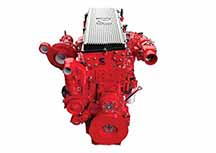 At the recently concluded IAA 2022, Cummins’ showcased a next-generation advanced diesel platform, X10. Deemed as a “practical” route to emissions reduction and decarbonisation for applications that have a rather difficult path of switching to alternative power solutions. Claimed to be lightweight, the 10-litre compact engine boasts a high power density. It is built to provide a heavy-duty truck capability whilst meeting multiple future emissions regulations. Its Unique Selling Proposition (USP) is that customers can reduce emissions with a product considered to be a familiar, proven technology with backward integration, requiring no change to current operations, service or maintenance set-up. In a testimony to the company building scalable and modular platforms, the company also showcased the X Series. The 15-litre, fuel agnostic product with a common architecture is claimed to have been optimised for a variety of low- and no-carbon fuels including bio-diesel and HVO, renewable natural gas, and hydrogen. Given that all the engines are derived from the same base, it is said to facilitate a high degree of parts commonality.
At the recently concluded IAA 2022, Cummins’ showcased a next-generation advanced diesel platform, X10. Deemed as a “practical” route to emissions reduction and decarbonisation for applications that have a rather difficult path of switching to alternative power solutions. Claimed to be lightweight, the 10-litre compact engine boasts a high power density. It is built to provide a heavy-duty truck capability whilst meeting multiple future emissions regulations. Its Unique Selling Proposition (USP) is that customers can reduce emissions with a product considered to be a familiar, proven technology with backward integration, requiring no change to current operations, service or maintenance set-up. In a testimony to the company building scalable and modular platforms, the company also showcased the X Series. The 15-litre, fuel agnostic product with a common architecture is claimed to have been optimised for a variety of low- and no-carbon fuels including bio-diesel and HVO, renewable natural gas, and hydrogen. Given that all the engines are derived from the same base, it is said to facilitate a high degree of parts commonality.
Here the hydrogen version of Cummins’ fuel agnostic platform is being looked at as the crucial, initial step to reaching zero emissions for medium and heavy-duty truck manufacturers. The focus is primarily on three key areas for hydrogen: the production of green hydrogen, the management and transportation of hydrogen, and the application of hydrogen in engines and fuel cells. The company displayed the Cummins’ B6.7H hydrogen engine in the driveline of a medium-duty truck. This was to demonstrate the technology’s compatibility with current truck designs and with comparable performance, range and payload. Here, Hydrogen is required to be compressed into the available space and meet vehicle duty cycle requirements. Through its joint venture with NPROXX, known for high-pressure hydrogen storage for both stationary and mobile applications, the company will support the OEM integration process. The NPROXX hydrogen tanks were fitted to the medium-duty delivery concept vehicle. A 700-bar pressure high-capacity hydrogen storage system, it is claimed to offer a potential operating range of up to 500 kilometres.
The new zero-emissions products reveal included a next-generation fuel cell engine. It is claimed to meet the duty-cycle, performance, and packaging requirements of medium- and heavy-duty trucks and buses, and is made available in 135 kW single and 270 kW dual modules. Cummins is known to collaborate with Scania in Europe and Daimler Trucks in North America for the development and integration of these next-generation fuel cells into demonstrator vehicles. According to Anjali Pandey, Vice President, Engine Business and Components Business, Cummins India, “While diesel has been the dominant fuel source due to its versatility and ease of availability, Hydrogen engines have the potential to become a major milestone on the journey towards a zero-carbon economy because they employ technology that is available today.
Non-ICE zero-emissions solutions
On the non-ICE solutions front, the company is striving to meet the net-zero emissions objective with the Lithium Iron Phosphate (LFP) battery. Calling it proven battery chemistry, the development sans the use of rare earth metals like nickel and cobalt is expected to make it both affordable and sustainable. It boasts of faster charging, high power output and a 10 per cent longer life expectancy. As per company claims, the Cummins LFP batteries are designed to meet continuous operations duty cycles and help meet the demands of a lower Total Cost of Ownership (TCO). The company also has a set of NMC batteries. In this range, the BP95E is claimed to have a 30 per cent longer life than previous models. Those looking for a lightweight option can consider the BP30E, designed to cater to optimal utilisation of space. It is claimed to be compact enough to fit into the tightest space claims of most commercial vehicles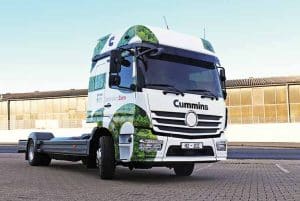
Strategic acquisition
To realise its ambition of a net-zero emissions portfolio by 2050, the company continues to scout for capable partners. With the strategic acquisition of Meritor, Cummins hopes to be able to expand its technical capabilities across the powertrain and related sub-systems. Meritor is said to bring versatility with its powertrain products and EV integration expertise. “We are in a unique position to do something no one else can do in helping our customers navigate and succeed in the decarbonisation process with a range of technology options optimised to meet the needs of all stakeholders. We will continue to work hand-in-hand with our customers on zero-emissions solutions that further our shared goal of lessening our impact on the planet,” Rumsey concluded. Enroute to 2050, the company will stick to the “credible path” by “advancing” current solutions with reductions in NOx and CO2, a bridge through the phase that involves many solutions competing for segment by segment until the more cost-intensive, battery electric and fuel cell electric turn technologically and financially viable. The focus is also on the gradual decarbonisation of the grid for an overall ‘Well-to-Wheel’ impact. ACI


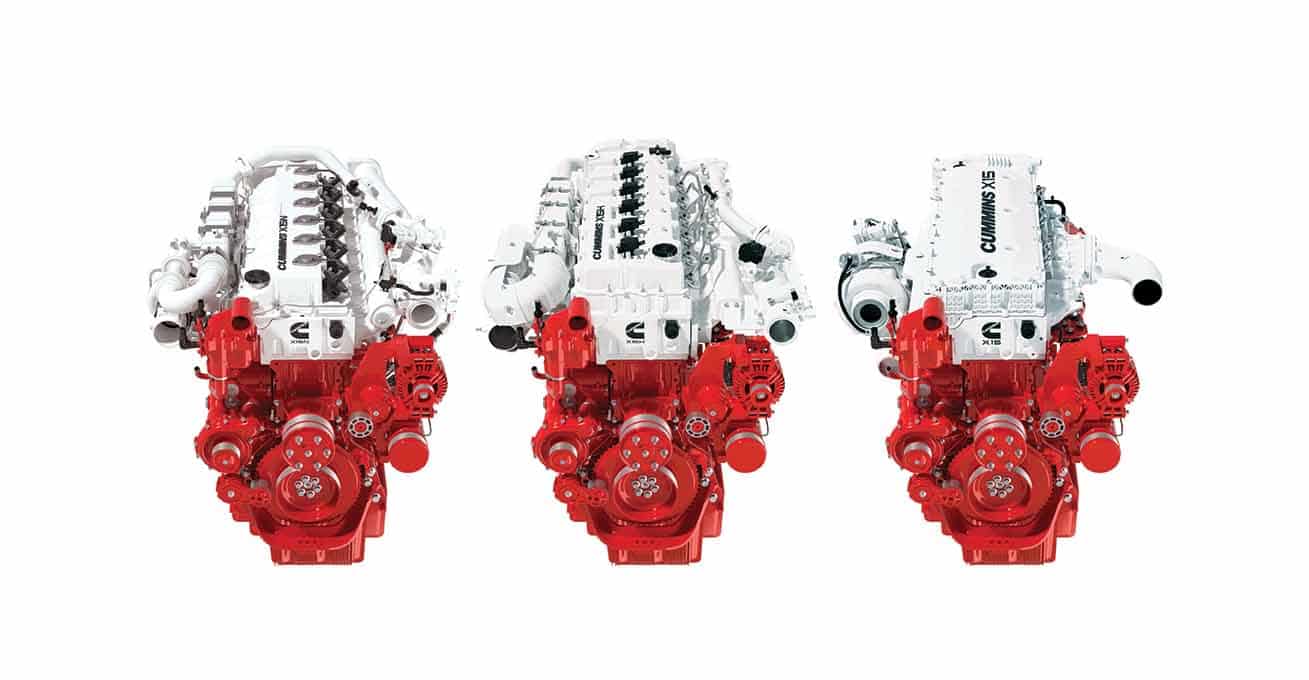

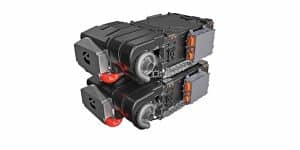








Leave a Reply